I am, apparently, an abecedarian, a lover of alphabets. I discovered this when visiting the Alphabets Alive! exhibition at Oxford University’s Weston Library – a must if like me you are a little obsessed with the 26 letters of its English form. The attic rooms of my home are a shrine to alphabet books and board games, alphabet printing blocks and stencils, my bathroom mantelpiece a collection of naturally formed letters on stones from the Greek island of Kithara where an artist friend took me to what is known locally as ‘alphabet beach’. My now grown up children’s bedrooms are filled with curios made out of the initial letters of their name. In front of me as I write is the alphabet wall hanging I made for my first born – each felt pocket emblazoned with a felt letter and containing an intricately stitched creation of my pregnant imaginings – E is for Egg, J is for Jelly, Z is for Zigzag!
My father was a great games player – and games using the alphabet were central to his repertoire, so I have him to thank. Starting with I Spy, we soon advanced to Botticelli (Who am I?) for car journeys, and Legg (Alpha names) which required pen and paper so was played on long winter evenings. He would delight in selecting the most obscure subjects for this – names of Angels, species of moth, elfin kings, which we’d have to match with letters picked randomly – ‘to keep us on our toes’. And when we thought he was beaten after he landed the letter X in an alphabet game of Capital cities, with a wry smile and without a pause, he announced, “Xi’an, the capital city of Shaanxi Province, one of China’s most ancient capitals.”
My father also bought me my very first alphabet book – Edward Lear’s Alphabet of Nonsense. Lear wrote several alphabet books, but this one was made for Ruth Decie, the daughter of Captain Richard Decie and his wife Bella. Lear was friends with Bella’s parents, William and Arabella Prescott, and often stayed with them at their home in Surrey, Clarence House, which he christened ‘Hospitality Hall’. It was here that he noted in his diary on 22 June 1862 that he ‘rose at 6.30 & made an alphabet for the Decie baby till 9’. His drawings and rhymes about the surly pig, the naughty rabbit, and the quaint little quail, in black ink on sheets of blue writing paper (bequeathed to Oxford’s Ashmolean Museum) once seen can never been forgotten.
The exhibition explores the connection between alphabets, books and artists – and its cases and cabinets overflow with the magic that this creates. The majority of the 150 works displayed, from medieval manuscripts to the AI-generated, are based on the Roman alphabet we use in the West. It starts at the beginning – once upon a time we made marks, ancient handprints that we can still see in caves from thousands of years ago. Then came pictograms, used for mundane administrative purposes to show ownership and represent classes of objects like barley, or sheep. But finding these to be too restrictive, signs to represent spoken sounds were invented. If you turn the letter A upside down, it looks something like an ox’s head – used to represent the initial sound for the Phoenician word for ox, ‘aleph’. B stands for ‘bēt’, house in Phoenician. The Greeks changed the names from ‘aleph’ to ‘alpha’ and ‘bēt’ to ‘beta’ and hey presto the word alphabet was born.
And so were its imaginative responses. While some of the exhibits come with a message like David McLiman’s beautiful ‘Gone Wild: An Endangered Animal Alphabet’ (New York 2006) which highlights the animals on the Red List of the International Union for Conservation of Nature; and the niche ‘Rescuing Q’ (2003), Suzanne Moore’s attempt to free the letter from its association with the right wing conspiracy theorists at QAnon to its rightful place at the heart of free thinking questions; most are playful representations that take inspiration from the artists’ own imagination and creative flair. There are miniature alphabet books and pop ups, concertina books, cloth books, and sculptural books, there are letters seen in the shapes of landscapes and letters made from human bodies, animated letters, floral letters, illuminated letters filled with comical characters and large numbers of Amazing Animal Alphabets.
One of the exhibits draws a large crowd of children and waiting my turn, I discover an interactive game called The CuRiOuS Alphabet, by Julie Shaw Lutts. Press a letter and the screen throws out the relevant dictionary page, and a series of flashing images – a guessing game – M is for megaphone, magnet, moustache, you get the idea. I am immediately transported back to my childhood.
So here in memory of the all those games I played with my dad is my own curated ABC – some images from the exhibition, and other favourites from my own collection. I hope you enjoy it.
Alphabets Alive! is open at the Weston Library, Oxford until 21 January 2024
Admission is free
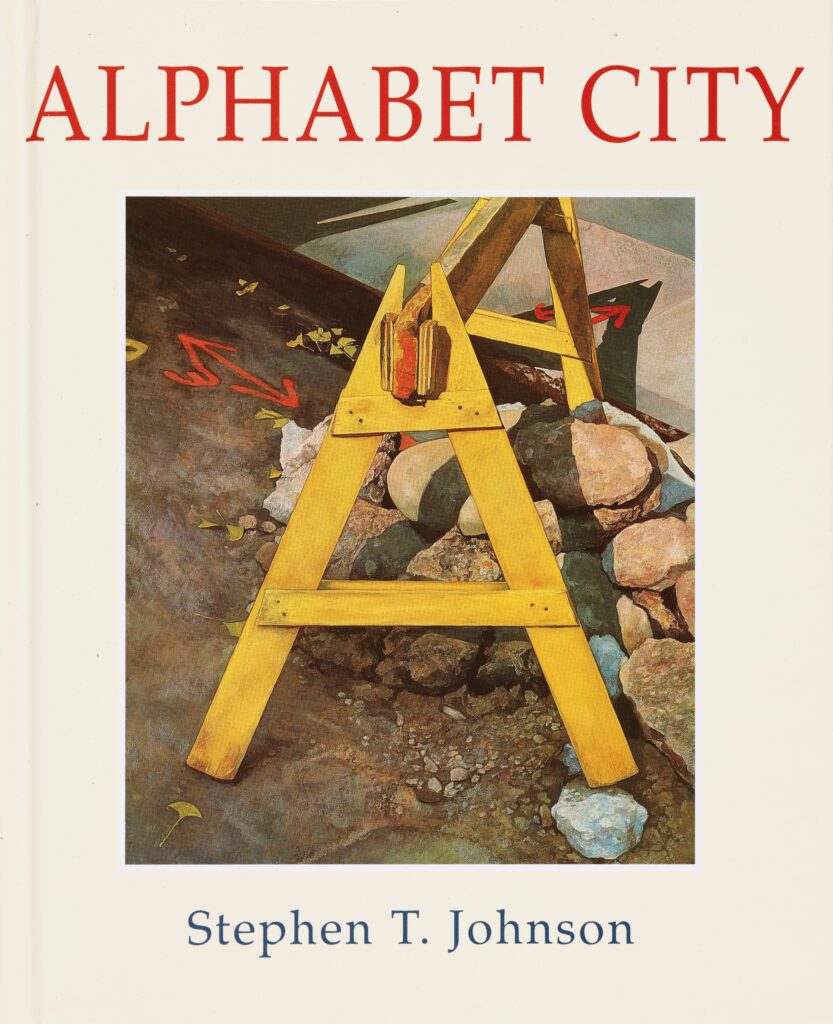
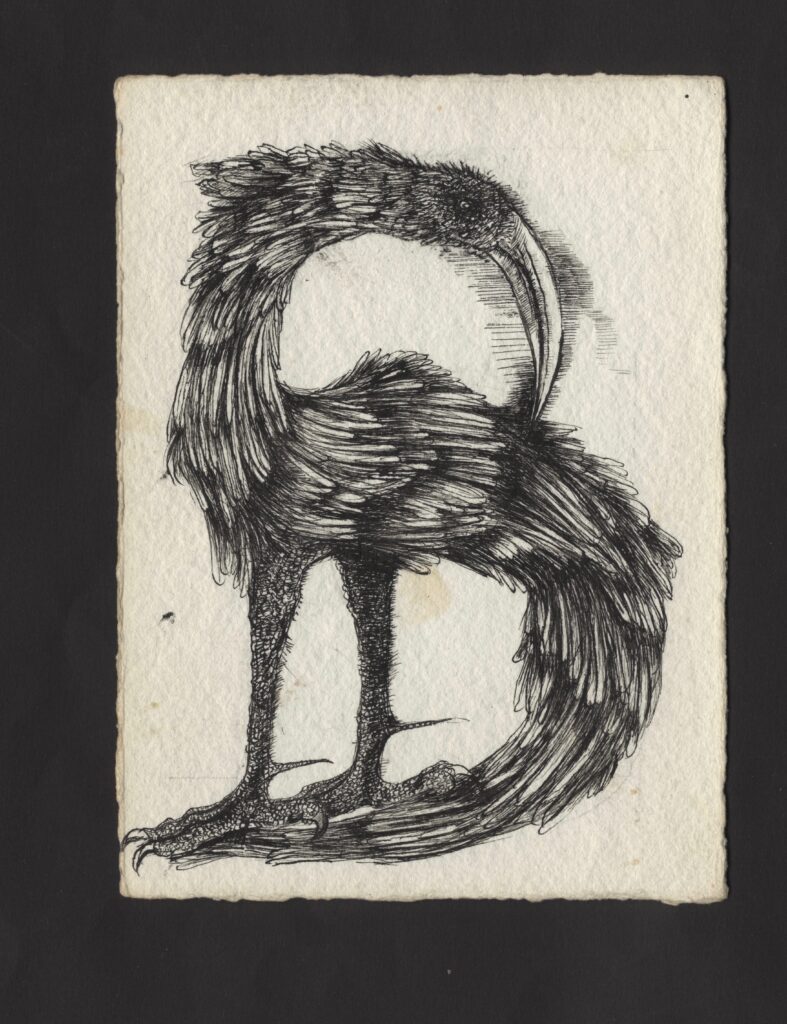
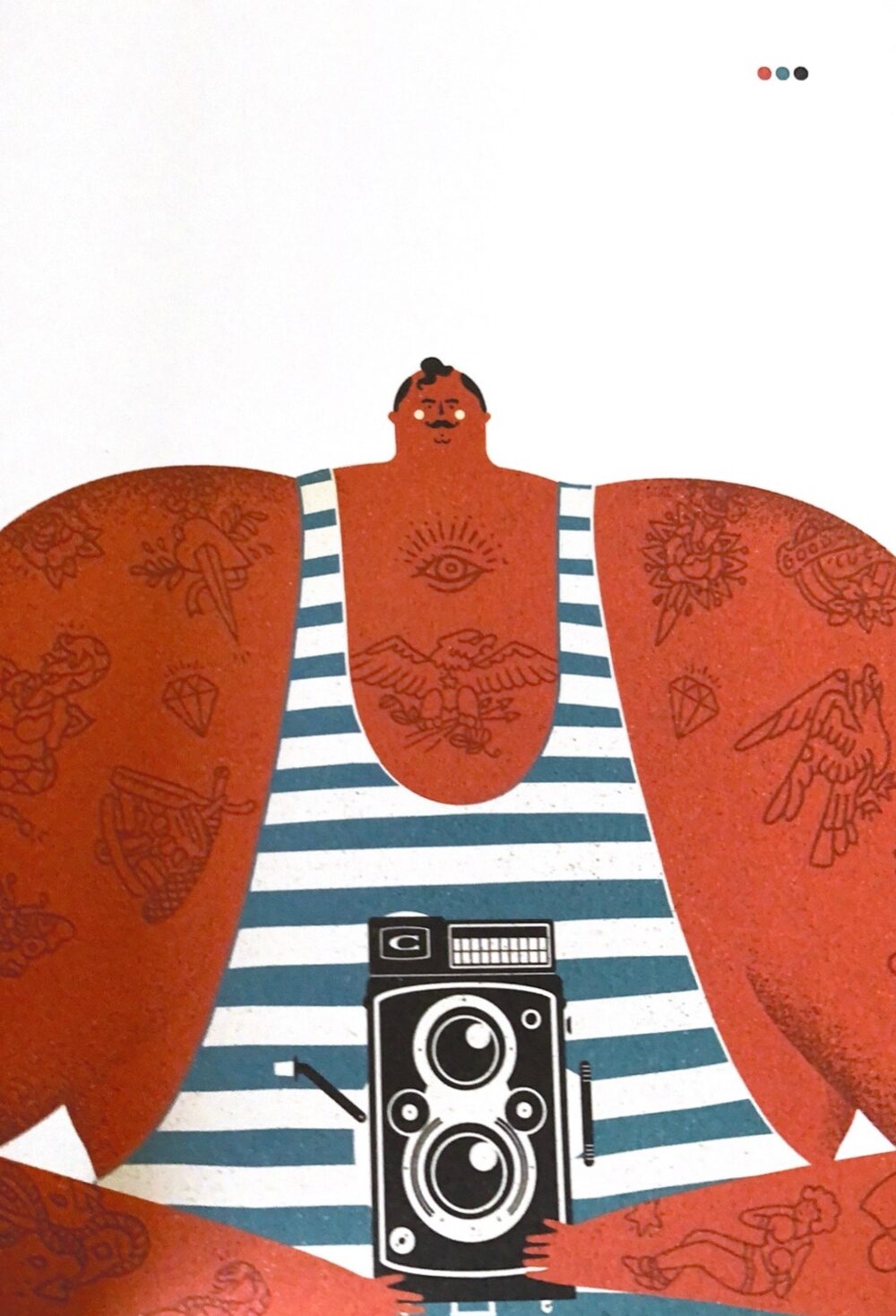
Written by Patrick and Traci Concepcion and illustrated by Dawid Ryski
Little Gestalten
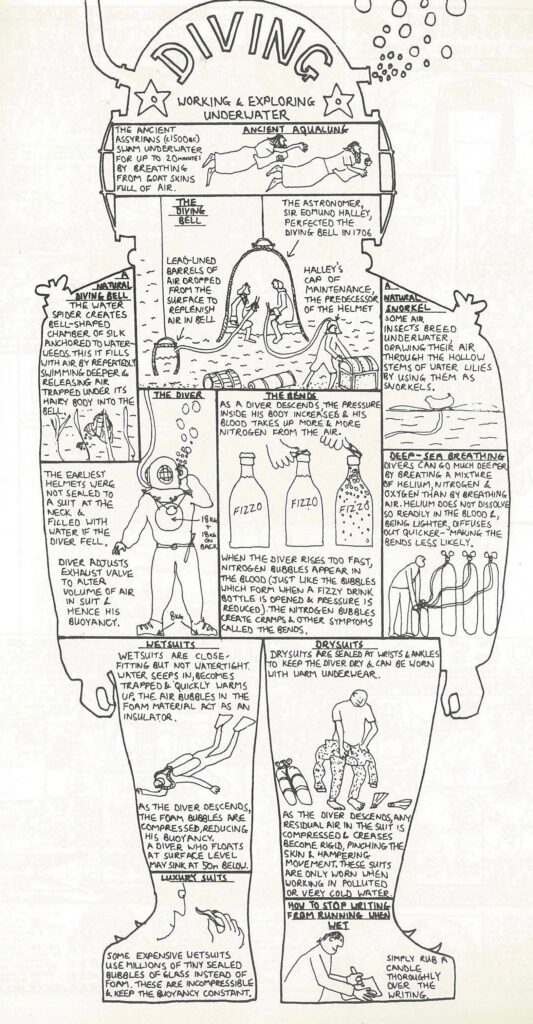
Octopus Publishing
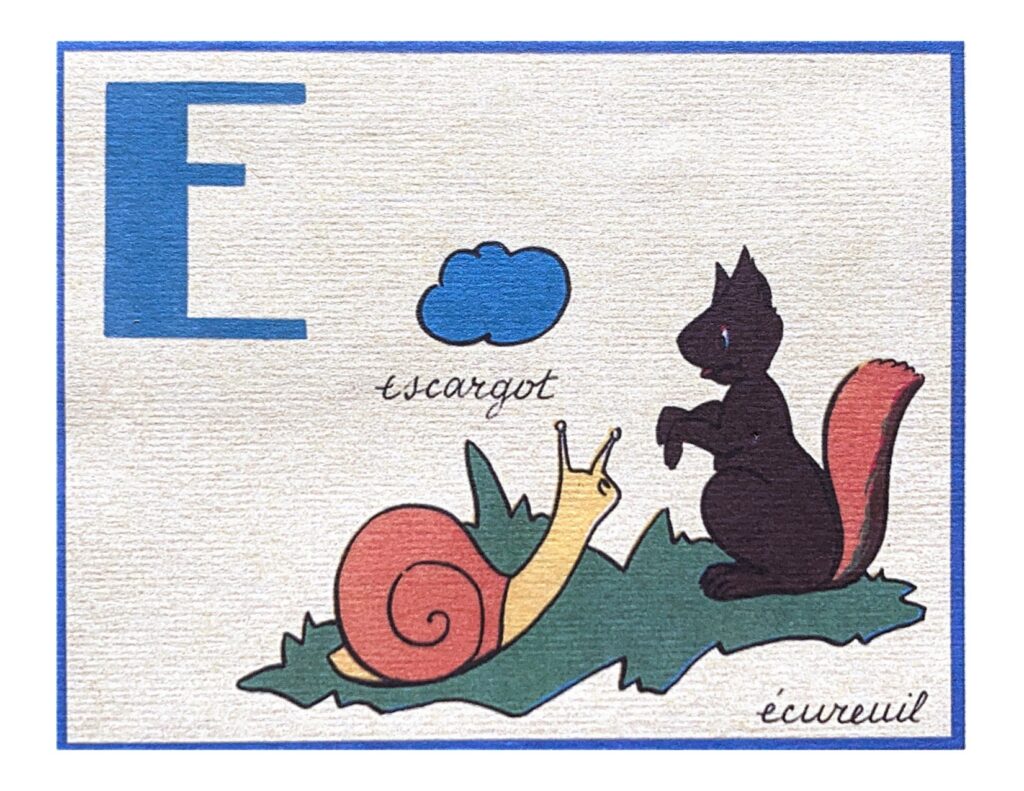
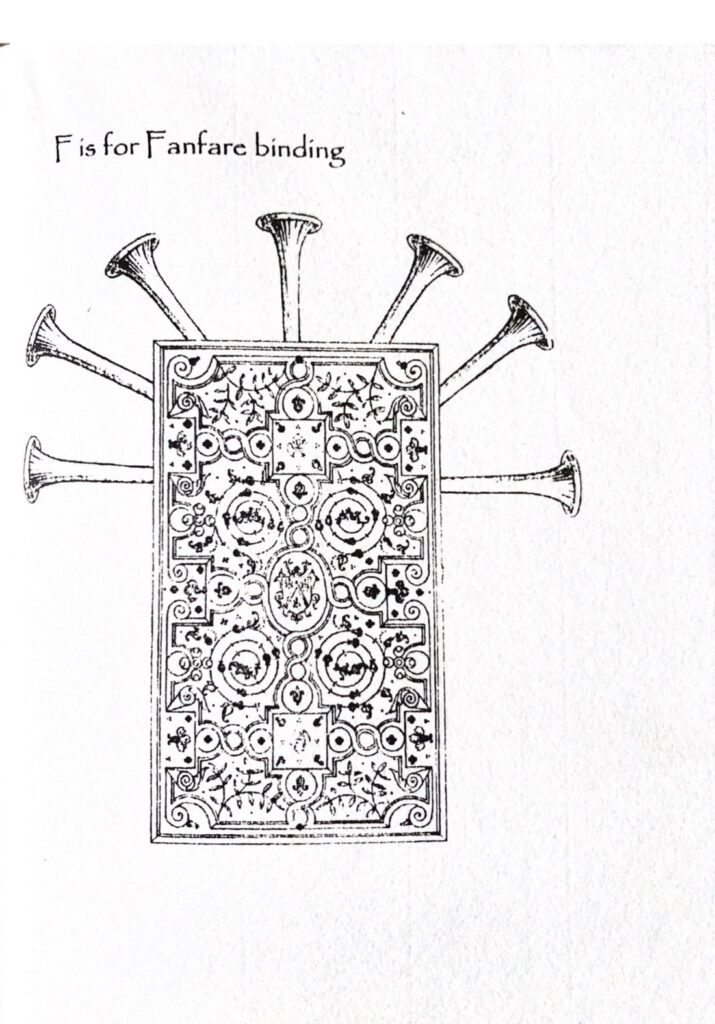
Leaning Chimney Press 2003
Fanfare is a 19th century term used to describe the ornate gold-toothed bindings of the period from 1570-1640
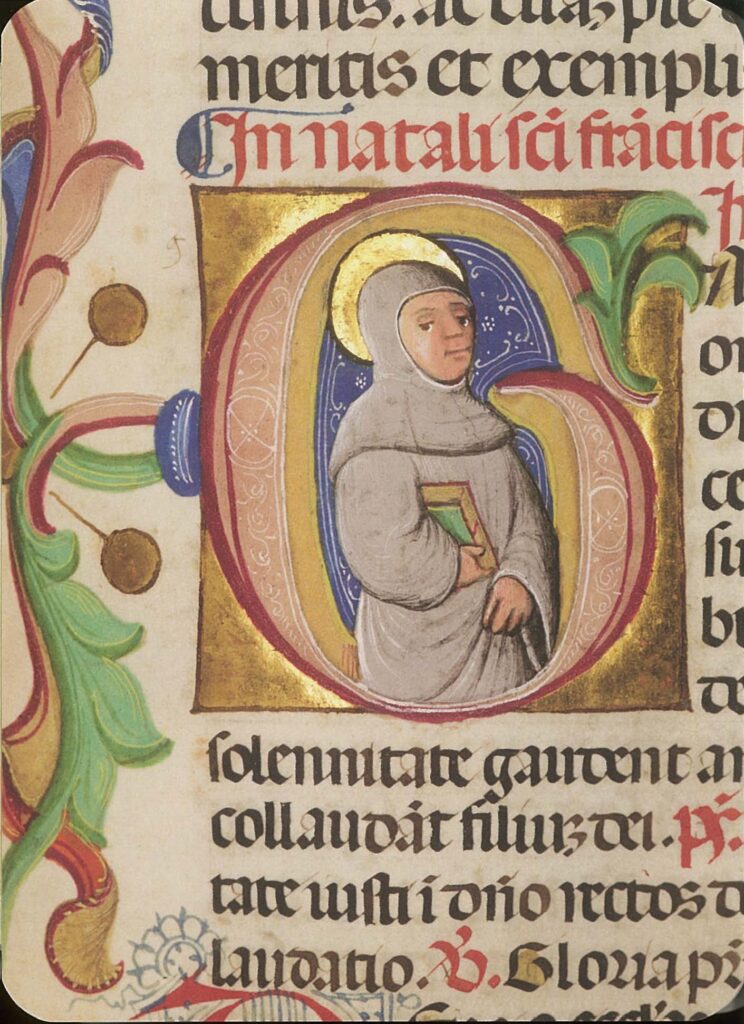
Bodleian Libraries
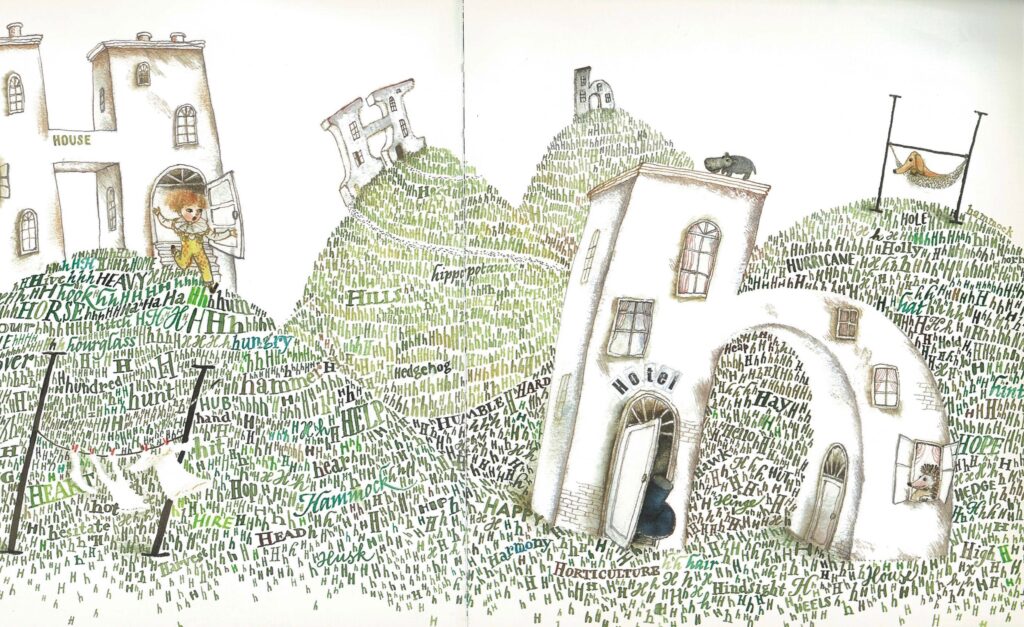
Walker Books
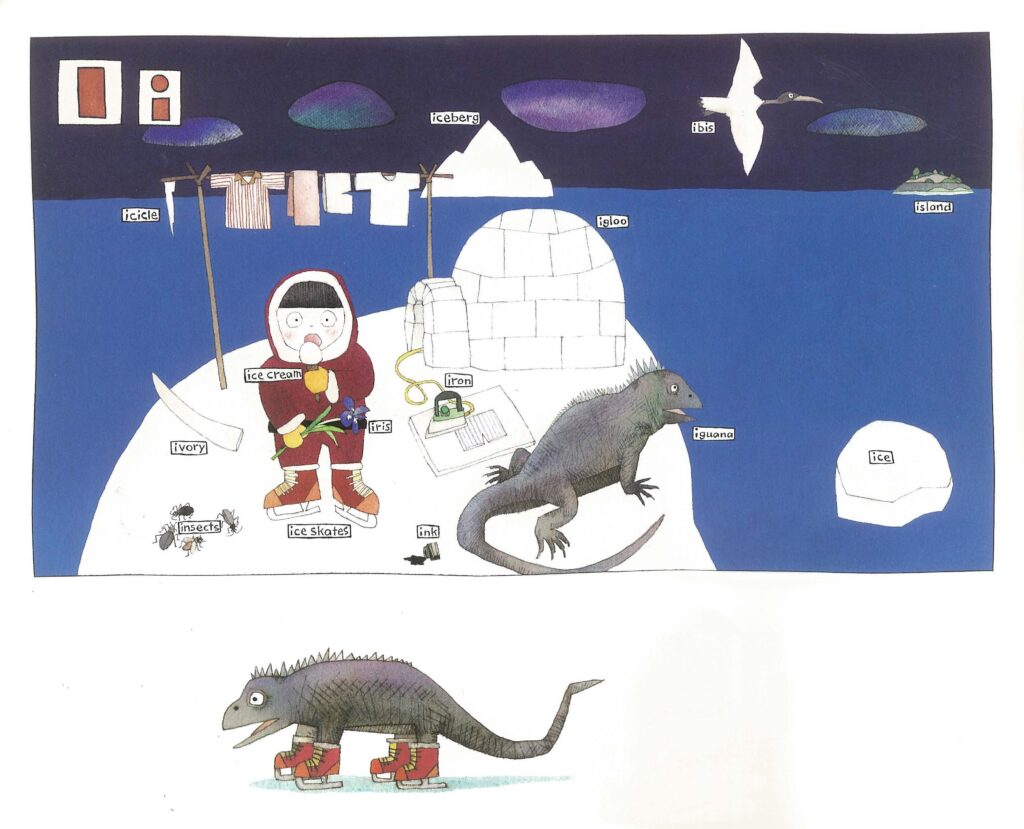
Red Fox Publishing
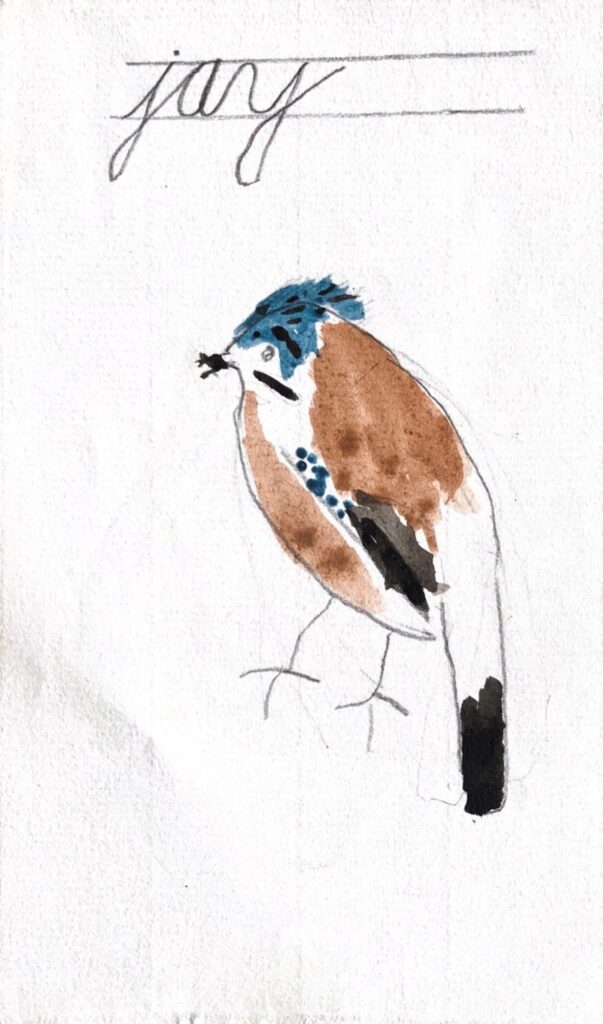
Drawn as a gift for his father when he was six in 1910
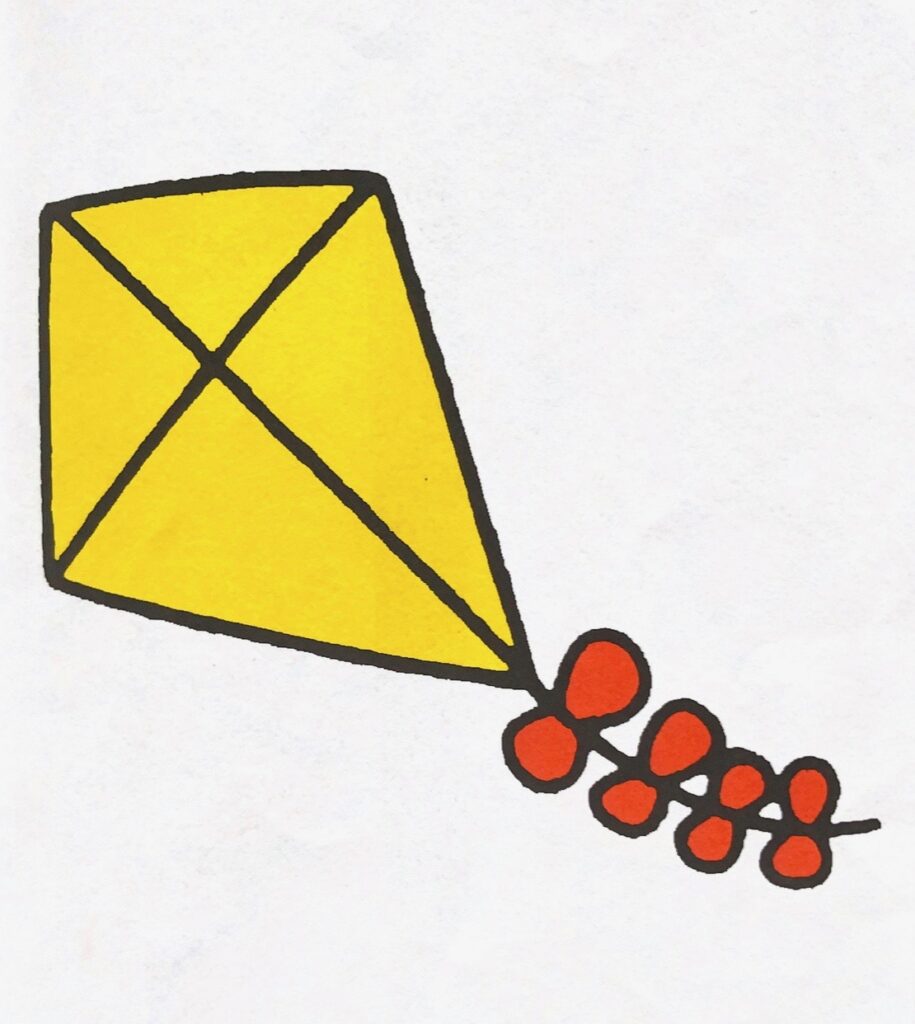
B is for Bear by Dick Bruna
Egmont Books
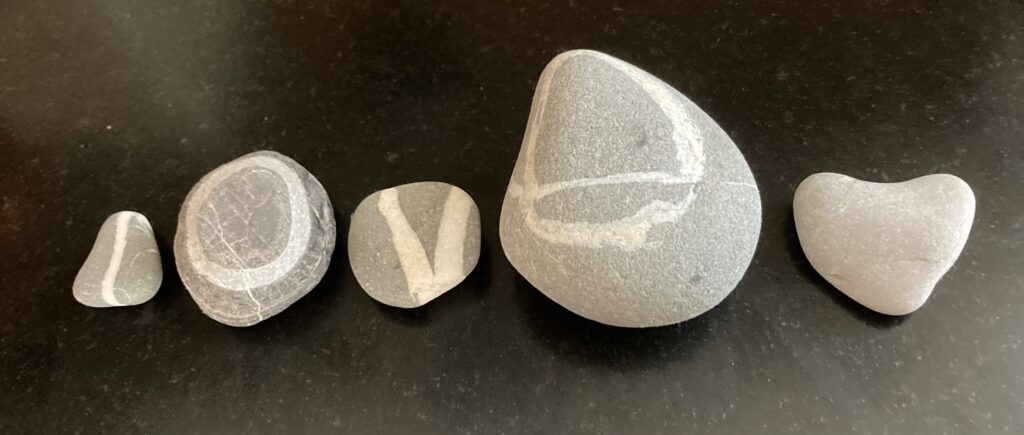
From ‘the alphabet beach’ in Kithara, Greece
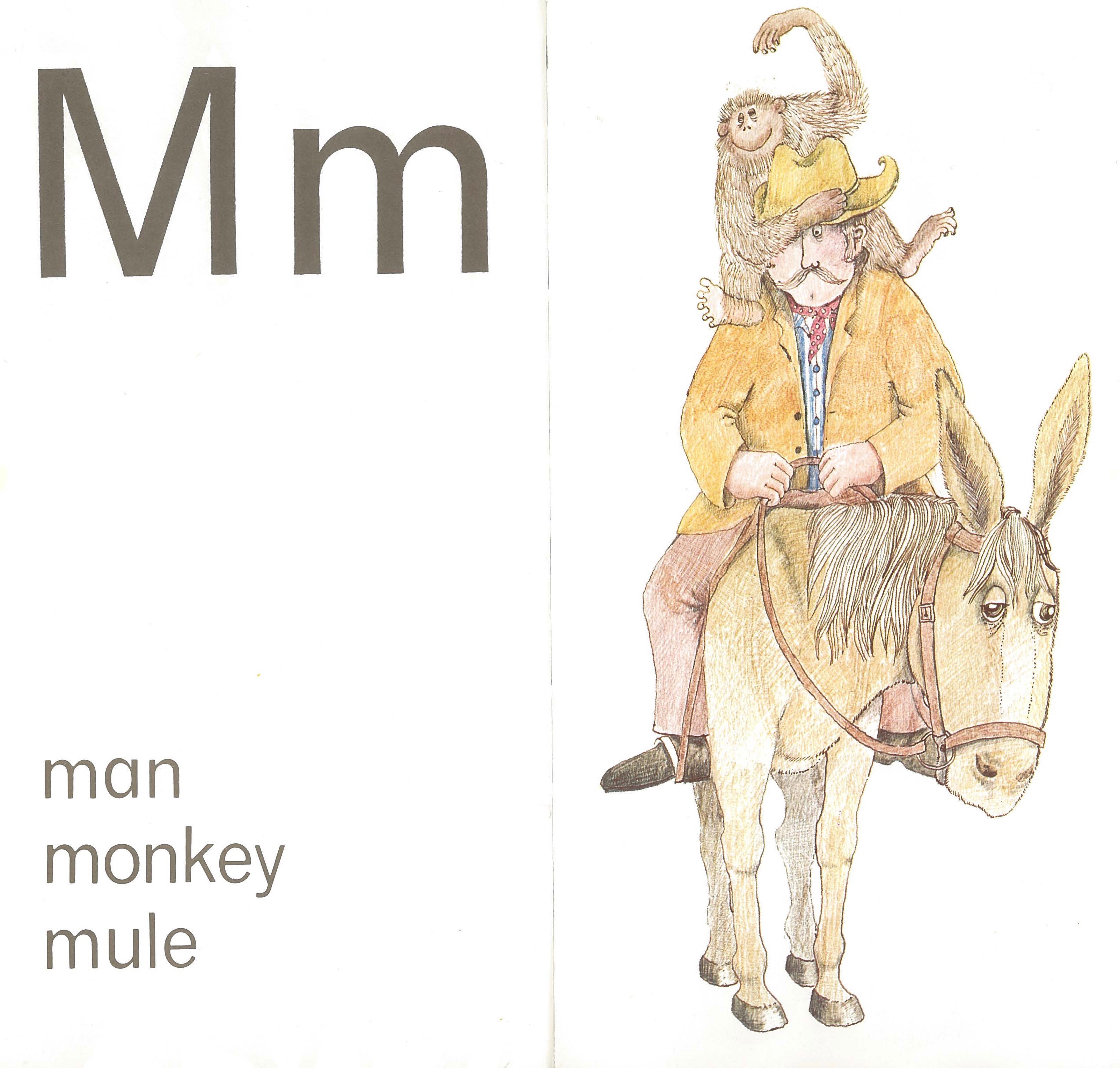
Helen Oxenbury’s ABC of things
Heinemann
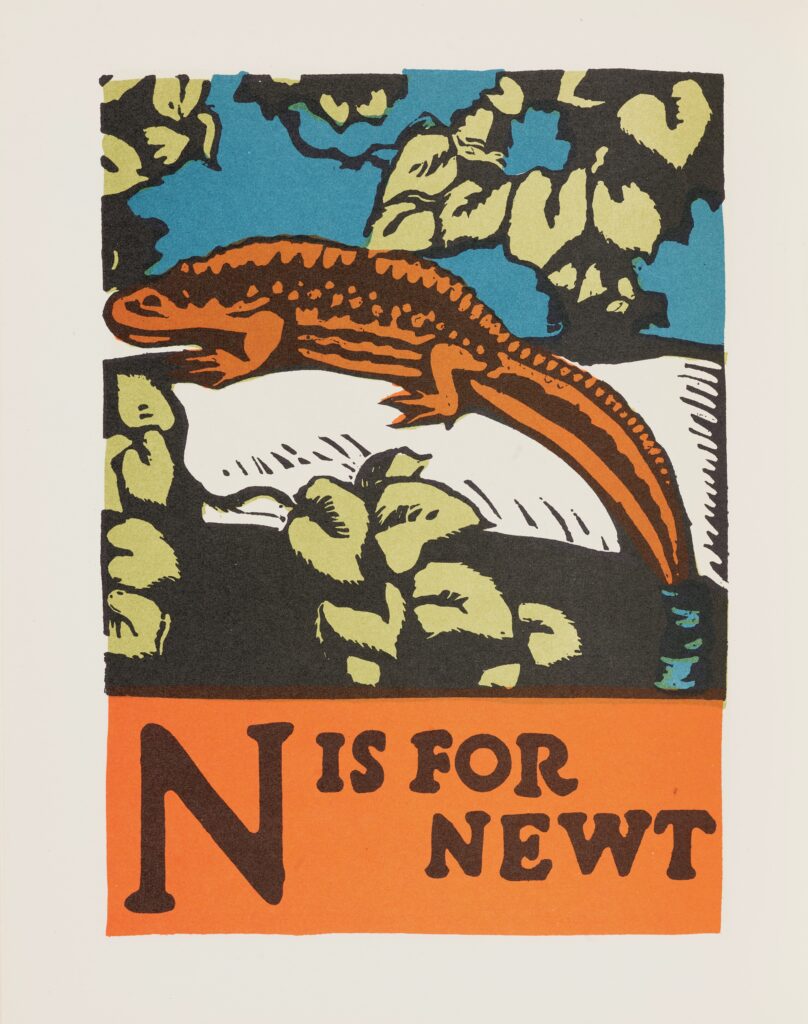
(New York, NY, 1923)
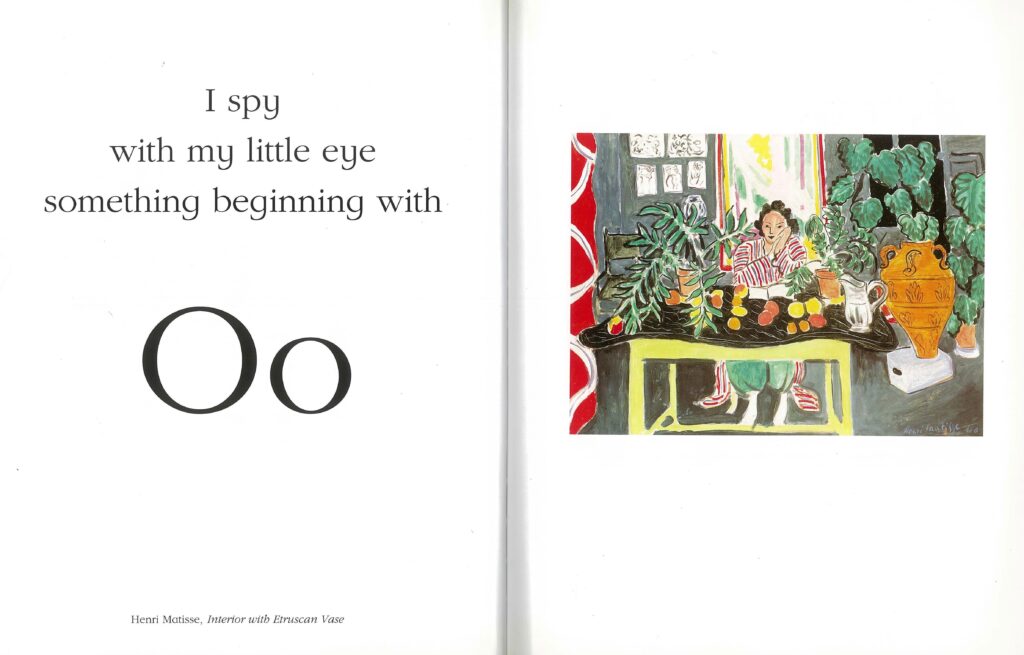
I SPY An Alphabet of Art by Lucy Micklethwait
Harper Collins
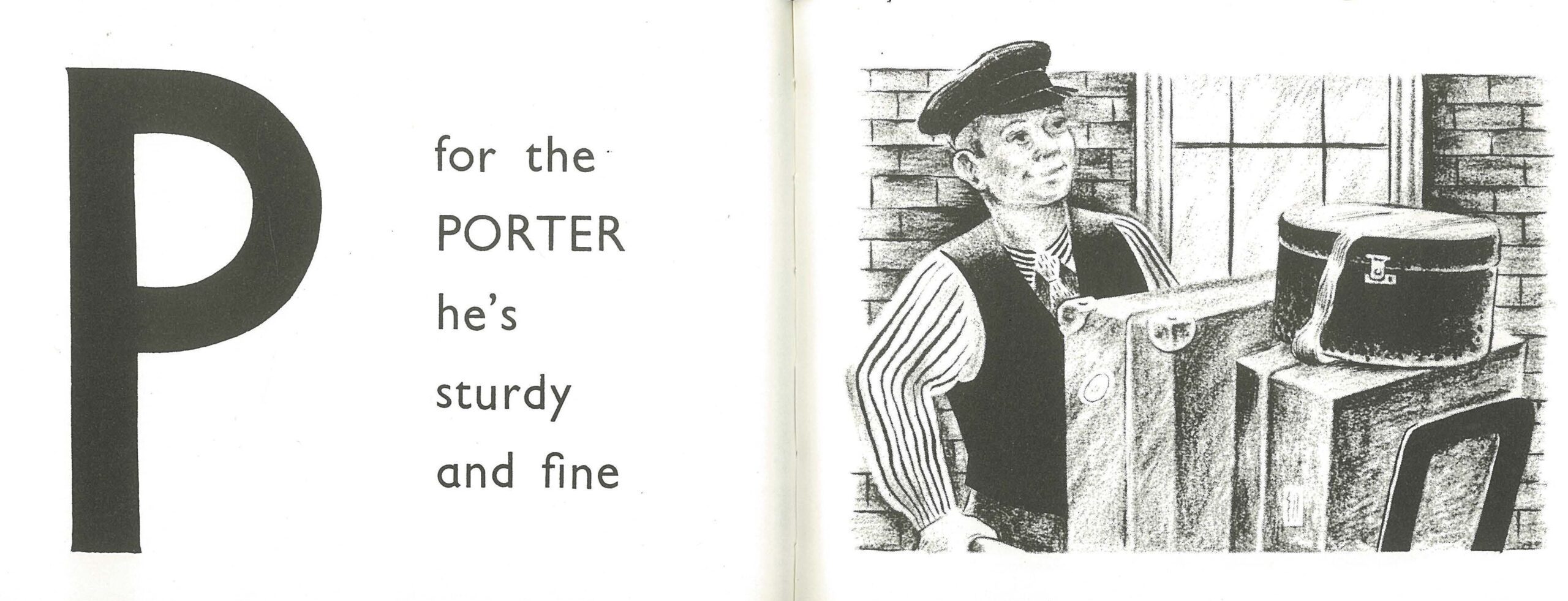
V&A Publishing
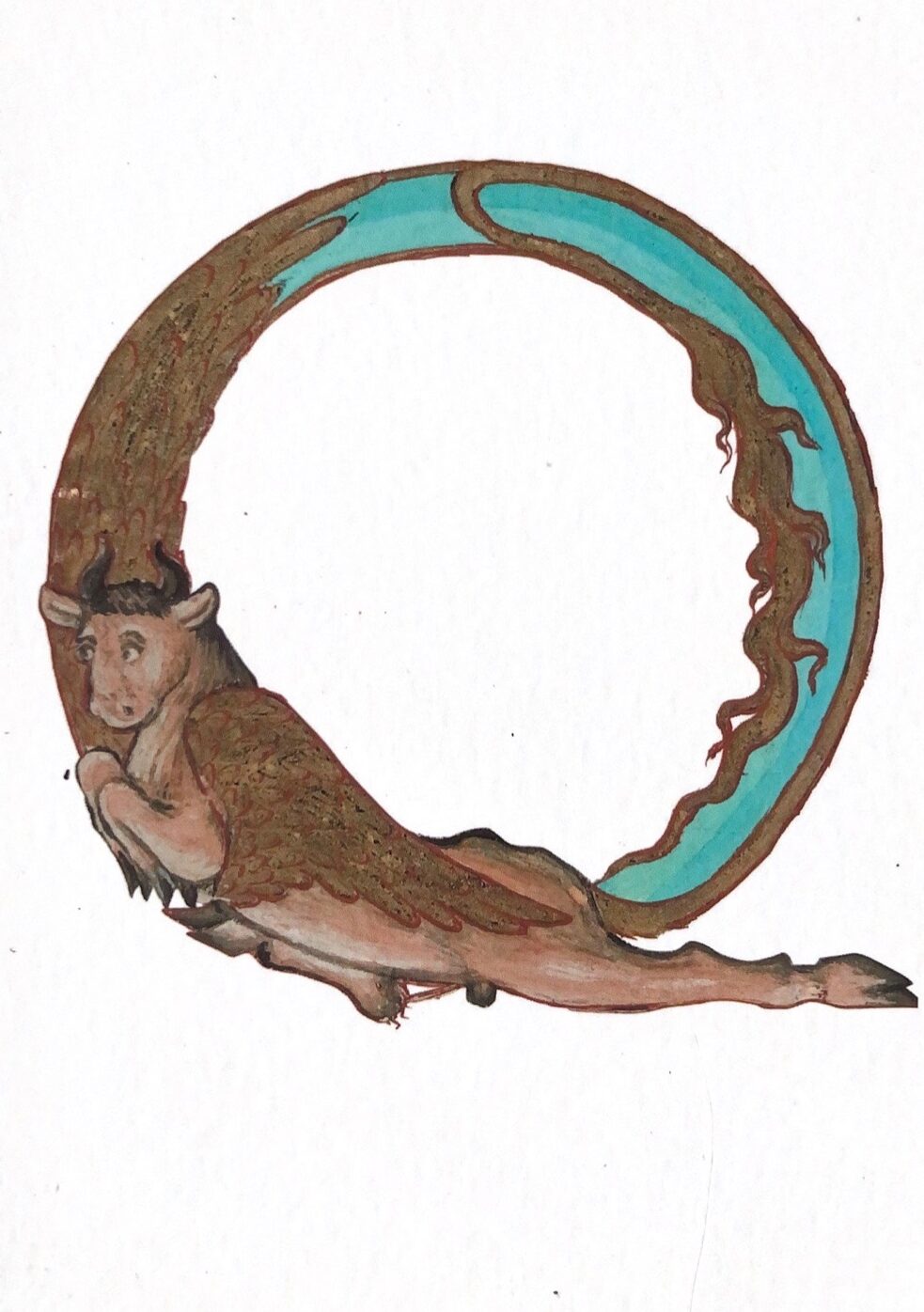
National Library of France
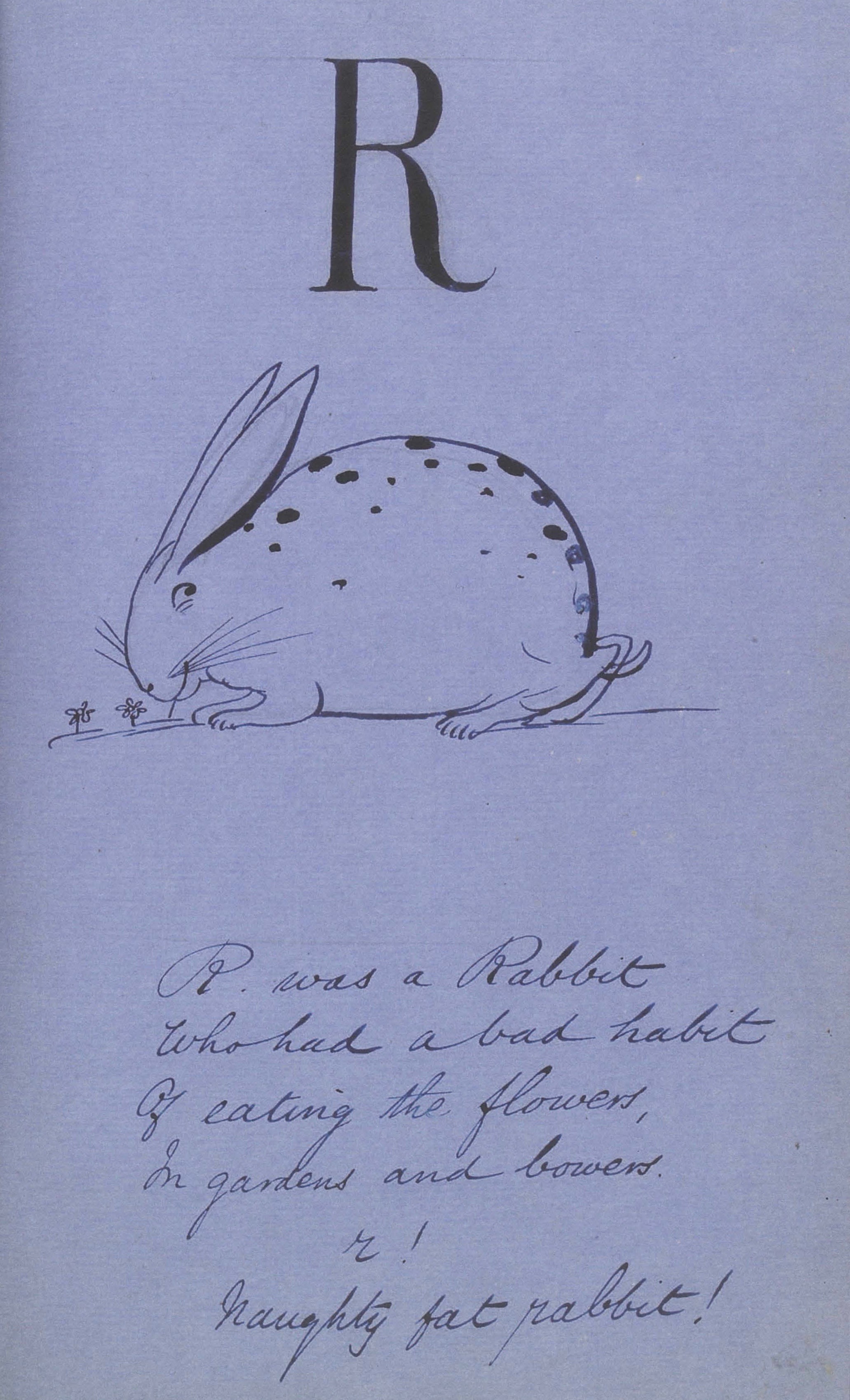
The Ashmolean Museum
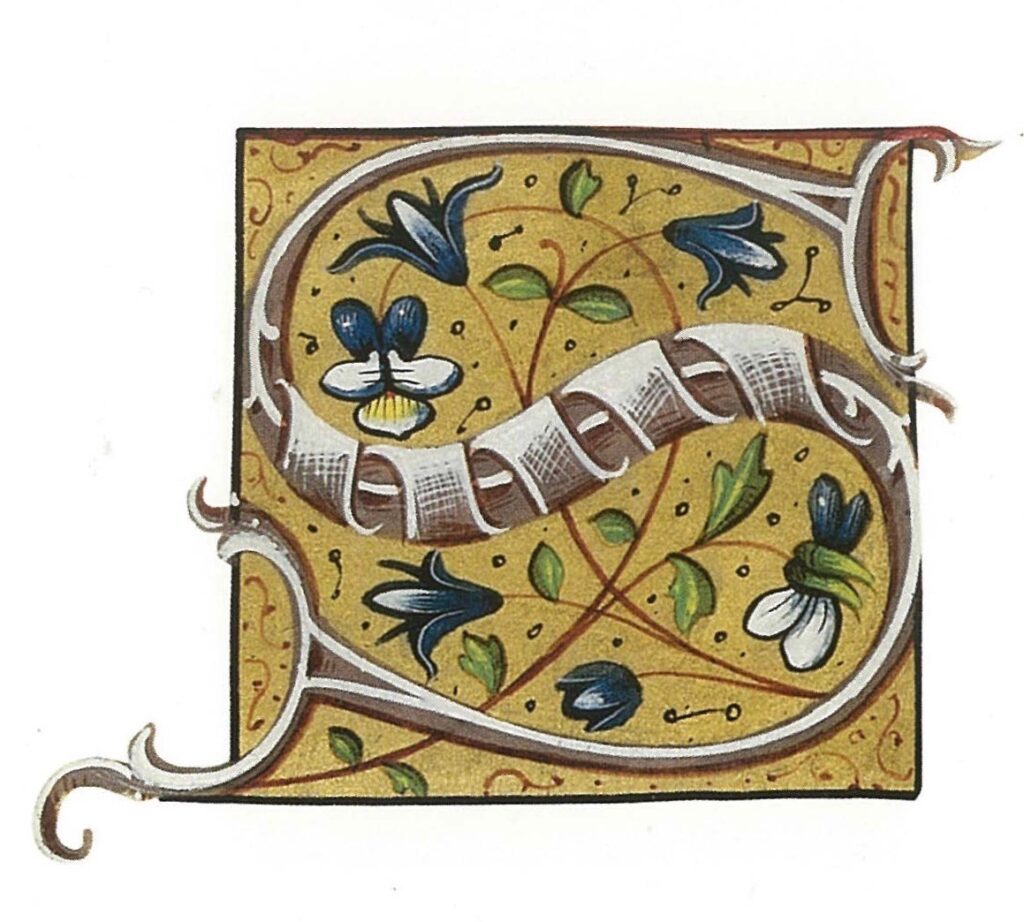
National Library of France
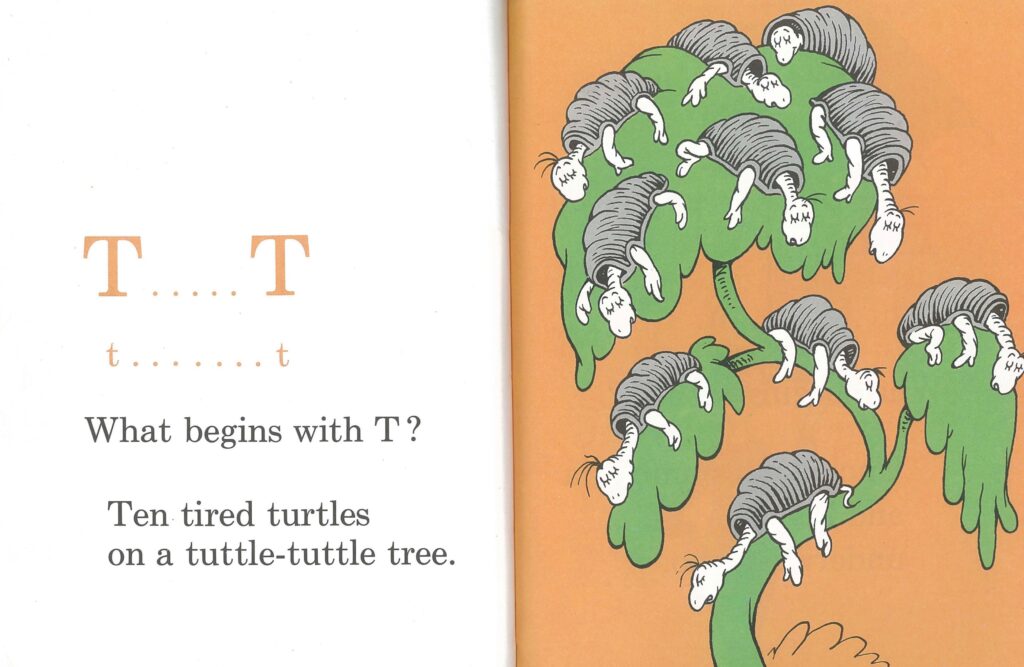
Harper Collins
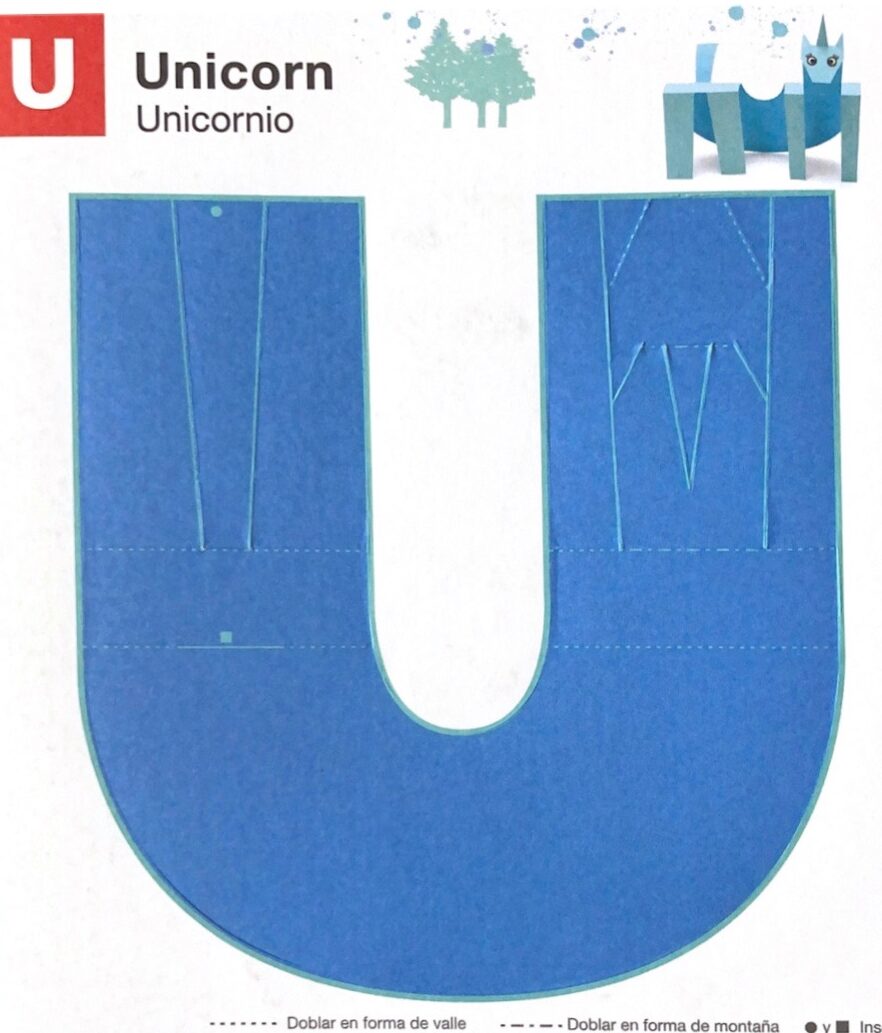
Coco Books
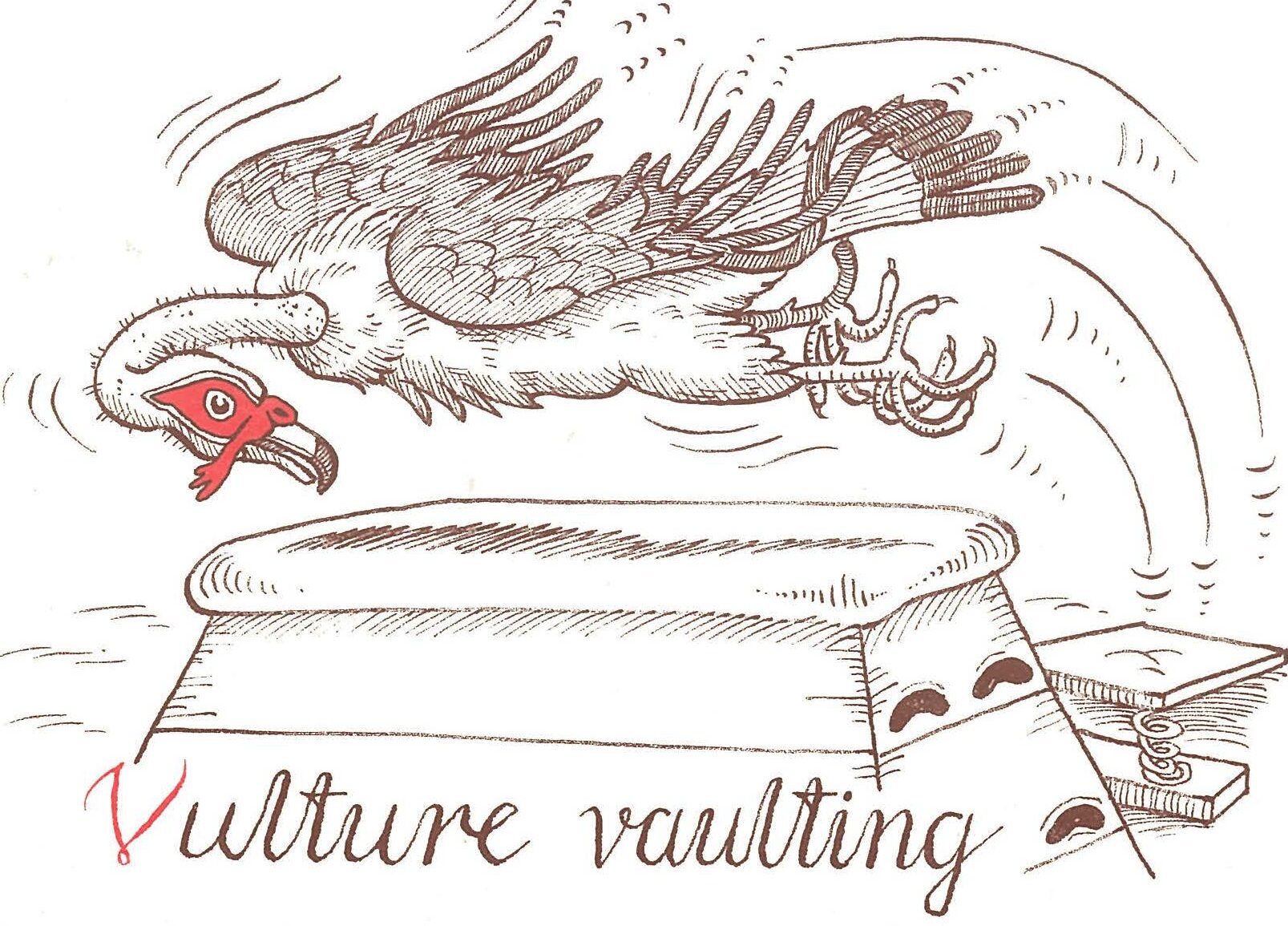
Cardoons.org
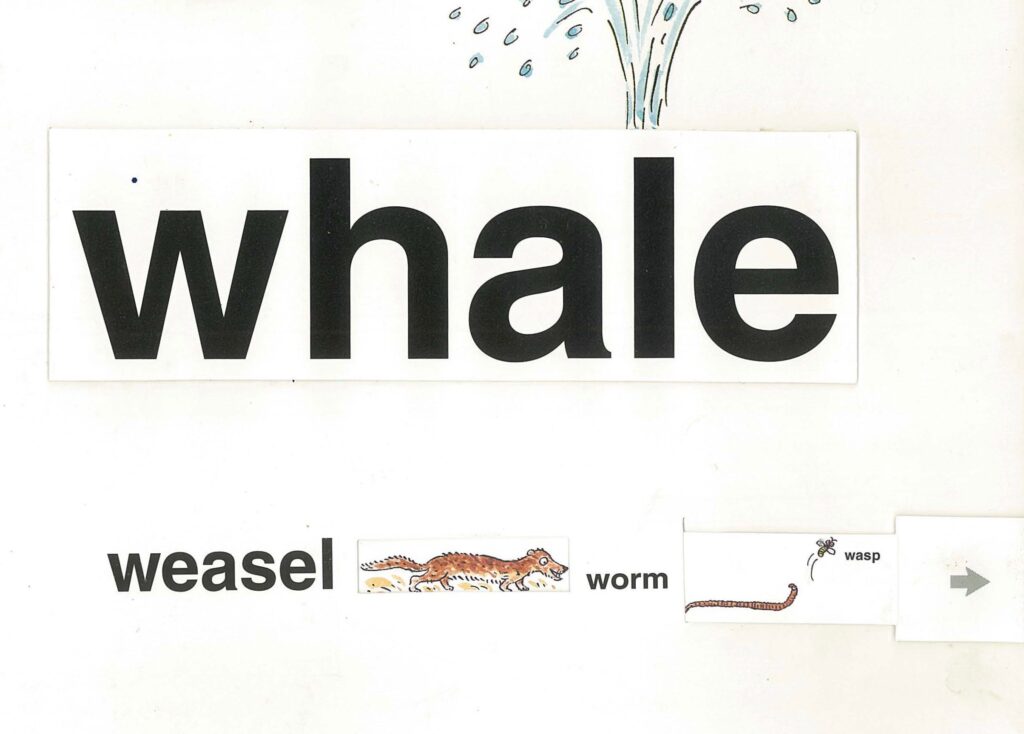
Walker Books
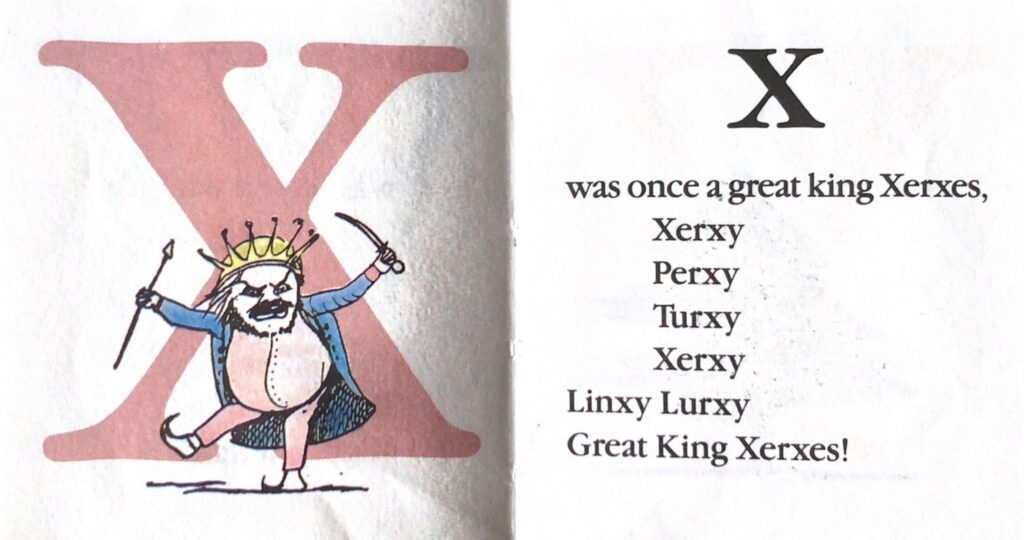
Running Press
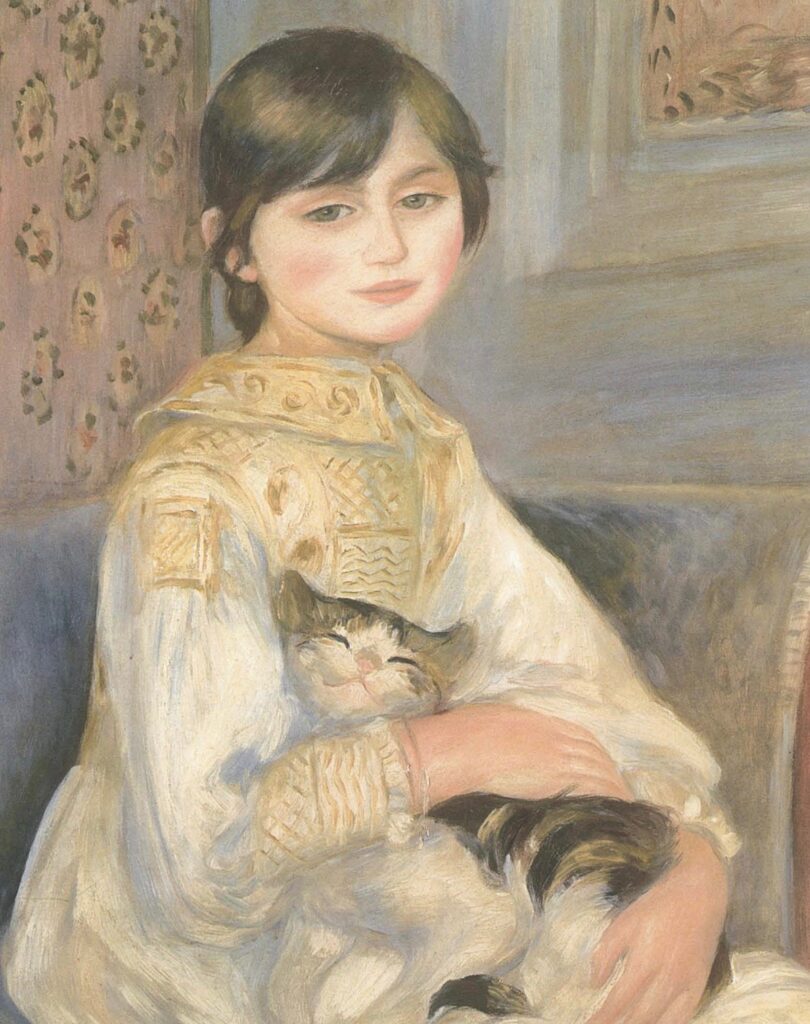
ABC de L’Art by Raphaelle Aubert
L’Enfant au chat by Renoir
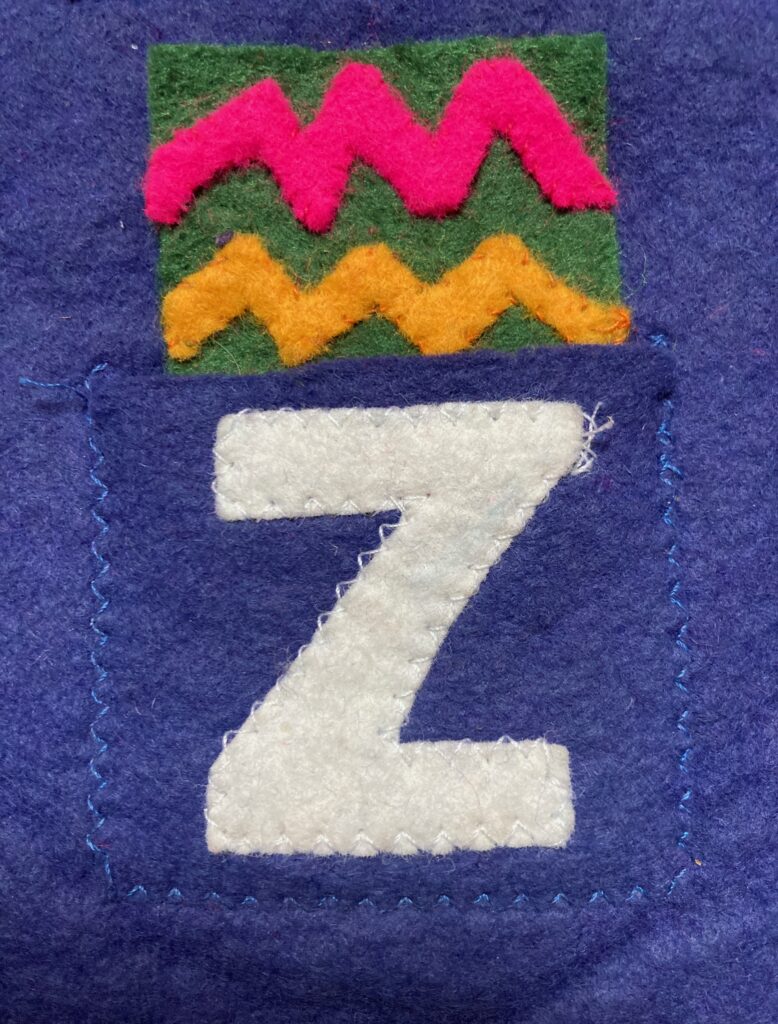
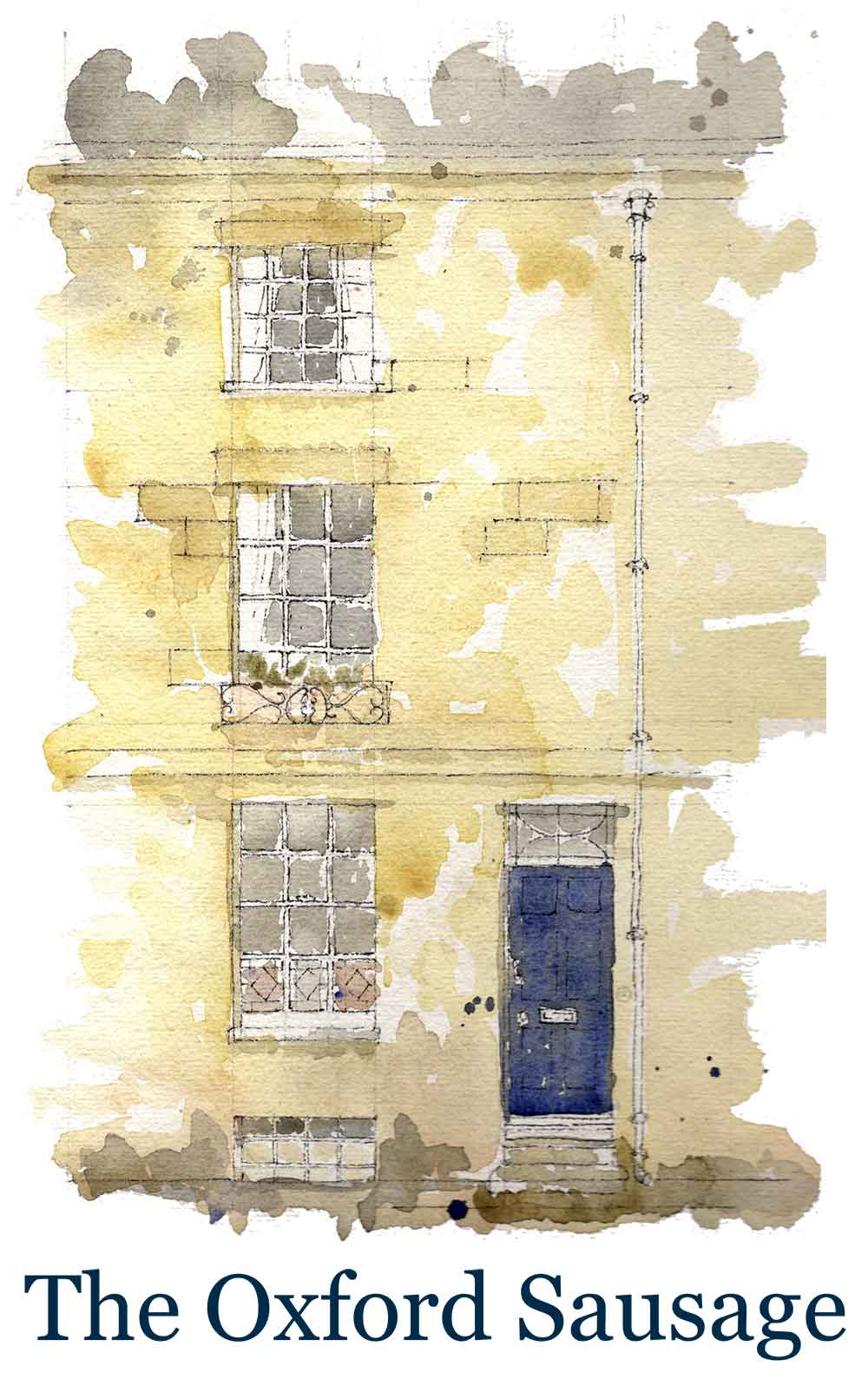

2 Comments
Join the discussion and tell us your opinion.
Loved the title – A is for Ox – huh?! – it hooked you in!
Brilliant Bolly. I too remember those games well. Both fun and challenging